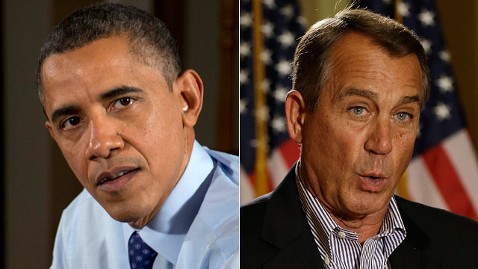For years, voices have cried in the urban wilderness: We need to talk about gun control.
Yet the guns blazed on.
It took a small-town slaughter for gun control to become a political priority. Now, decades' worth of big-city arguments against easy access to guns are finally being heard, because an unstable young man invaded an elementary school in Newtown, Conn., with a military-style assault rifle and 30-bullet magazines. Twenty young children and six adults were slain.
President Barack Obama called the tragedy a "wake-up call." Vice President Joe Biden met Thursday with Obama's cabinet and law-enforcement officers from around the country to launch a task force on reducing gun violence. Lawmakers who have long resisted gun control are saying something must be done.
Such action is energizing those who have sought to reduce urban gun violence. Donations are up in some places; other leaders have been working overtime due to this unprecedented moment.
The moment also is causing some to reflect on the sudden change of heart. Why now? Why weren't we moved to act by the killing of so many other children, albeit one by one, in urban areas?
Certainly, Newtown is a special case, 6- and 7-year-olds riddled with bullets inside the sanctuary of a classroom. Even in a nation rife with violence, where there have been three other mass slayings since July and millions enjoy virtual killing via video games, the nature of this tragedy is shocking.
Critics Slam NRA for Proposing Armed School Guards Watch Video
Gun Violence Victims, Survivors Share Thoughts After Newtown Massacre Watch Video
But still: "There's a lot of talk now about we have to protect our children. We have to protect all of our children, not just the ones living in the suburbs," said Tammerlin Drummond, a columnist for the Oakland Tribune.
In her column Monday, Drummond wrote about 7-year-old Heaven Sutton of Chicago, who was standing next to her mother selling candy when she was killed in the crossfire of a gang shootout. Also in Chicago, which has been plagued by a recent spike in gun violence: 6-year-old Aaliyah Shell was caught in a drive-by while standing on her front porch; and 13-year-old Tyquan Tyler was killed when a someone in a car shot into a group of youths outside a party.
Wrote Drummond: "It has taken the murders of 20 babies and six adults in an upper-middle class neighborhood in Connecticut to achieve what thousands of gun fatalities in urban communities all over this country could not."
So again: What took so long? The answers are complicated by many factors: resignation to urban violence, even among some of those who live there; the assumption that cities are dangerous and small towns safe; the idea that some urban victims place themselves in harm's way.
In March, the Children's Defense Fund issued a report titled "Protect Children, Not Guns 2012." It analyzed the latest federal data and counted 299 children under age 10 killed by guns in 2008 and 2009. That figure included 173 preschool-age children.
Black children and teens accounted for 45 percent of all child and teen gun deaths, even though they were only 15 percent of the child/teen population.
"Every child's life is sacred and it is long past time that we protect it," said CDF president Marian Wright Edelman in the report.
It got almost no press coverage — until nine months later, when Newtown happened.
Tim Stevens, founder and chairman of the Black Political Empowerment Project in Pittsburgh, has been focusing on urban gun violence since 2007, when he said Pennsylvania was declared the worst state for black-on-black violence.











